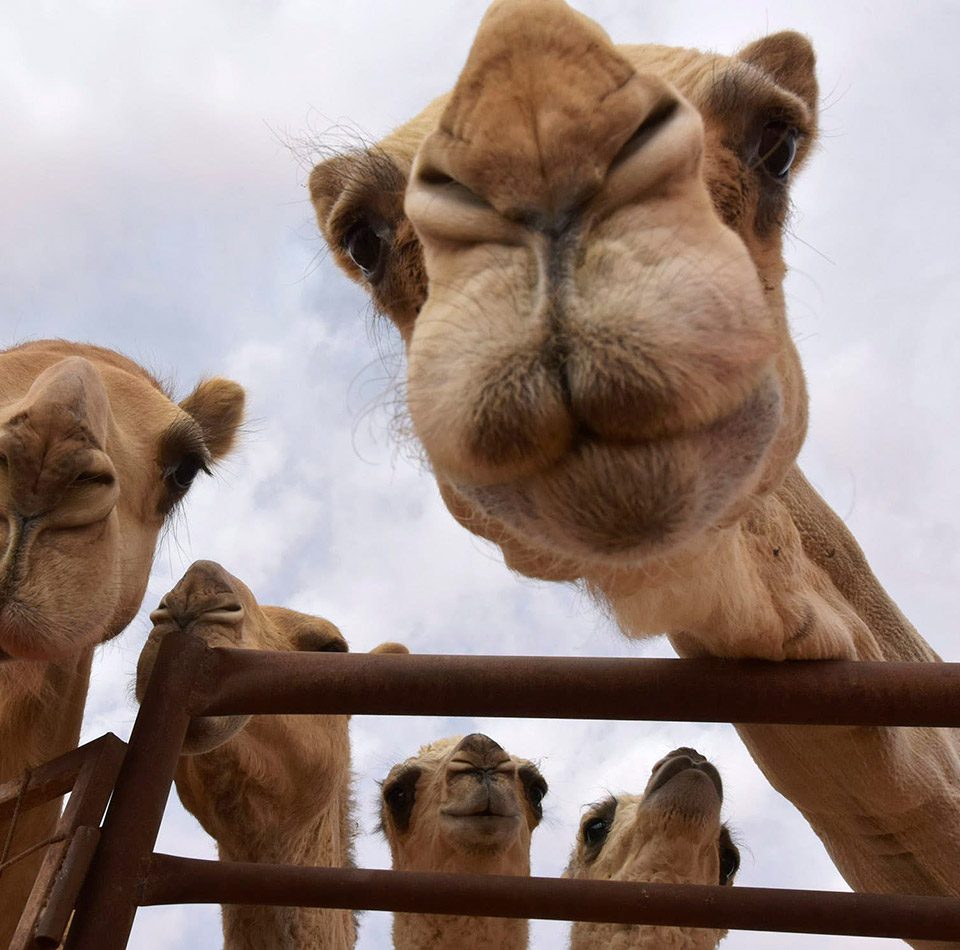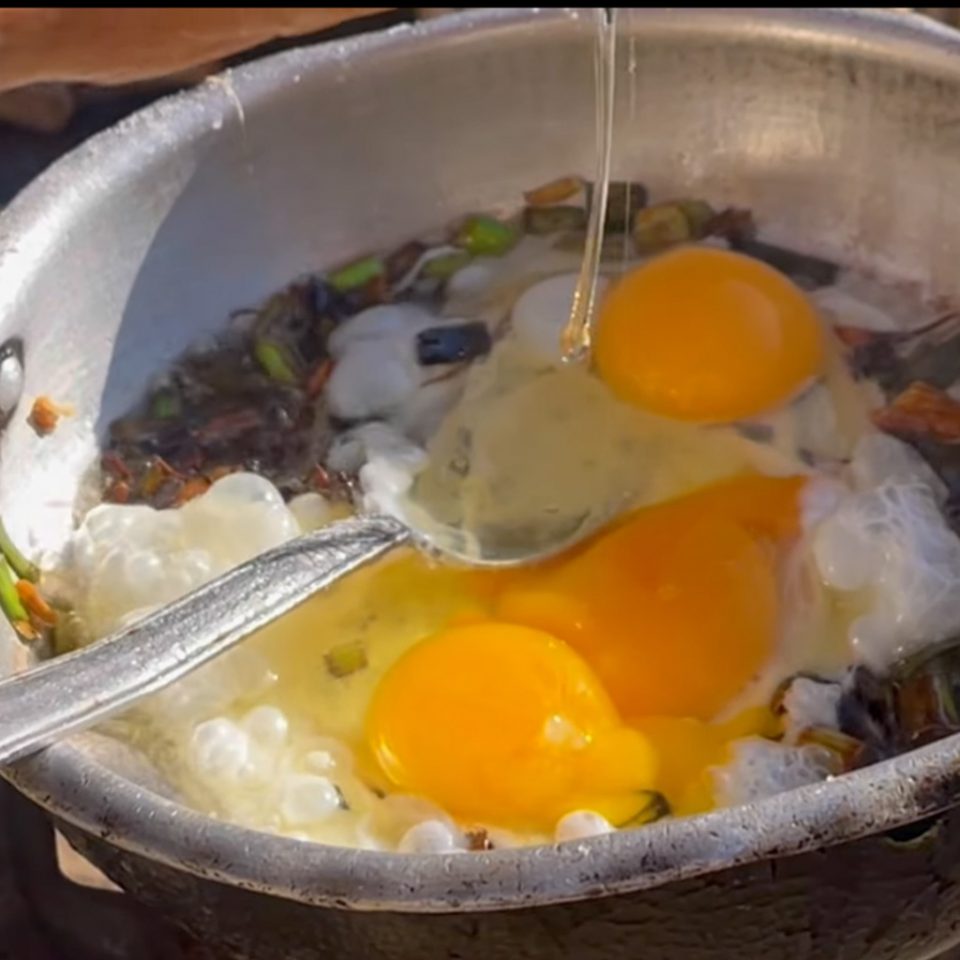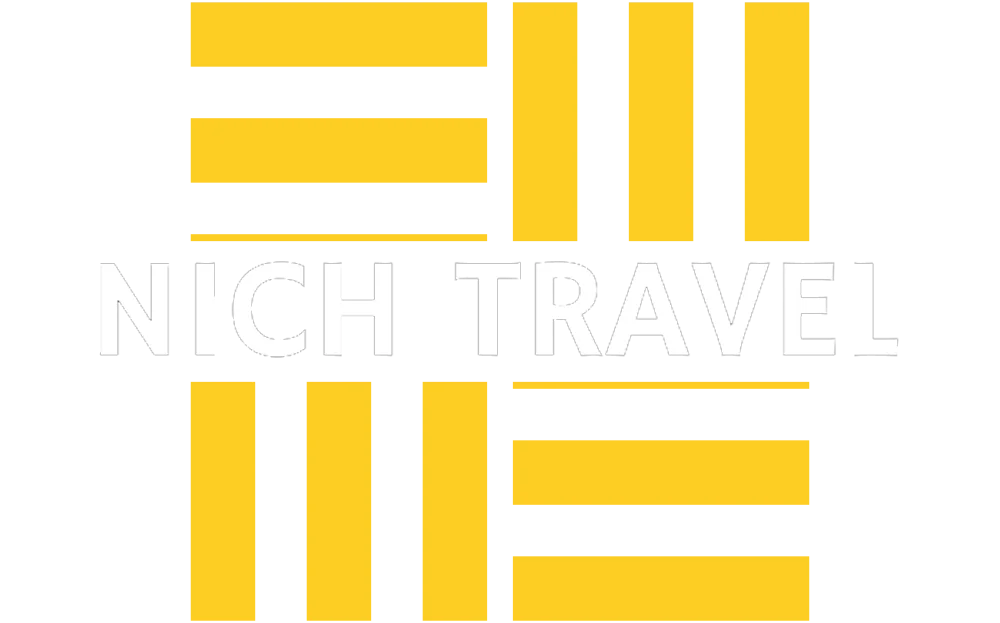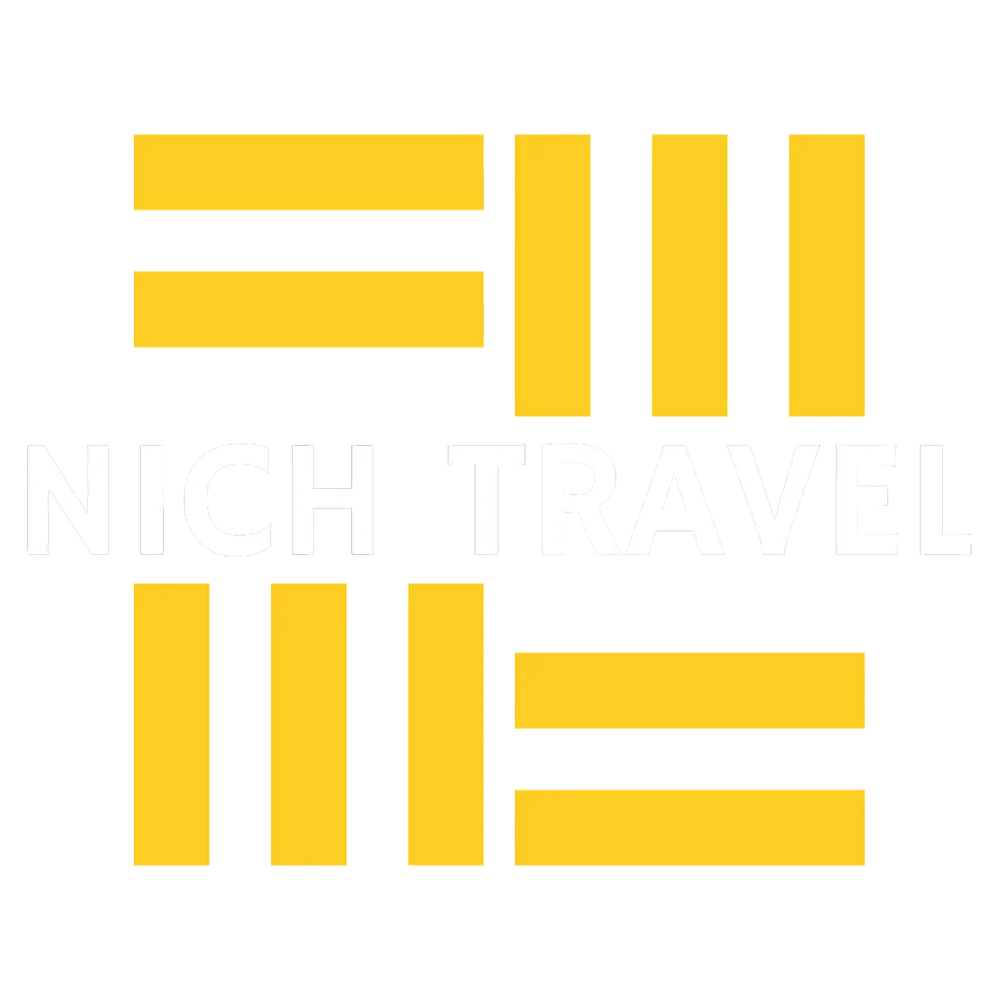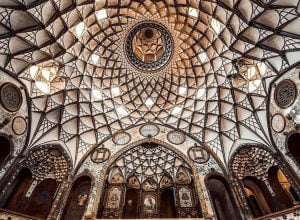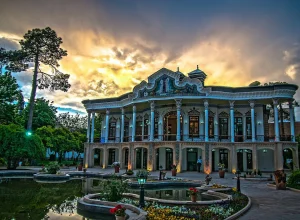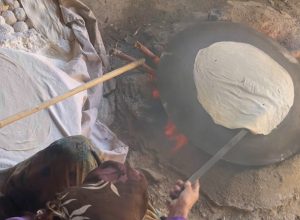One of the most fascinating aspects of this nomadic culture is their relationship with their camels. Camels are not just a means of transportation or a source of milk, but they are also regarded as members of the family. The nomads take great care in Camel Feeding and caring for their camels to ensure their health and well-being.
Qeshm Island, located off the southern coast of Iran, is home to a unique group of nomads who have lived there for centuries. These nomads have a long history of camel herding, which has played a significant role in their way of life.
Table of Content
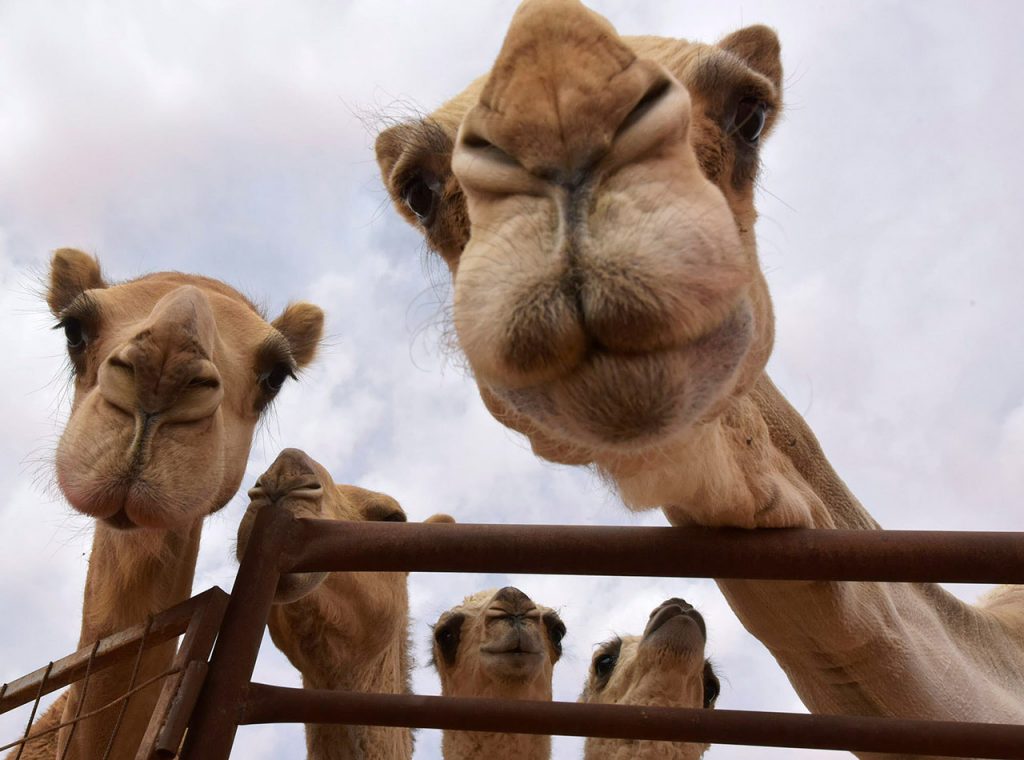
Feeding Camels
Camel Feeding is an art that has been passed down from generation to generation. The nomads know exactly what to feed their camels based on their age, health, and season. During the winter, they provide their camel’s hay, while in the summer, they graze on the island’s vegetation.
One of the most exciting foods that nomads feed their camels is called “gavoot.” Gavoot is a mixture of dates, raisins, and other fruits that are ground together and fed to camels as a supplement to their diet. This food is nutritious for the camels and serves as a treat for them.
Camel Feeding is not just a practical aspect of nomadic life, but it is also a way to bond with these majestic animals. Nomads spend hours each day tending to their camels, feeding them, grooming them, and talking to them. Camels, in turn, become affectionate and loyal companions, forming a deep bond with their owners.
Subscribe to the Nich Travel Channel: https://www.youtube.com/@nichtravel?sub_confirmation=1
In conclusion, the nomadic culture of Qeshm Island offers a fascinating insight into the art of feeding camels. The relationship between nomads and their camels is one of mutual respect and love, with feeding camels being an essential aspect of this relationship. The next time you visit Qeshm Island, be sure to observe the nomads’ feeding practices and learn more about this unique aspect of Iranian culture.
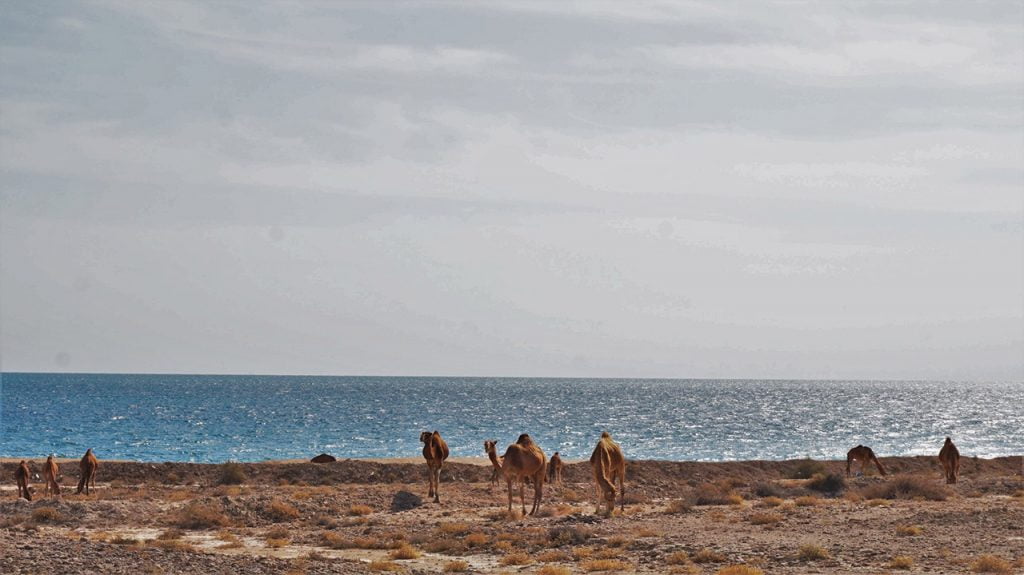
Furthermore, feeding camels is not just a means of providing sustenance for the animals, but it is also a way to ensure their optimal health and performance. Nomads highly value camels for their resilience, strength, and ability to survive in harsh desert conditions. Therefore, feeding them a well-balanced diet is critical to their overall well-being.
Apart from gavoot, nomads also feed their camels other foods such as wheat bran, barley, and fresh vegetables. These foods provide camels with essential nutrients and help to keep them healthy and strong.
It’s worth noting that nomads don’t just feed their camels for practical reasons, but they also feed them as a part of their daily routine. Feeding camels is often a communal activity that brings families and communities together. It’s a time to socialize, exchange stories, and connect with nature.
History of Camel Feeding
Camel feeding is an ancient practice that dates back to the domestication of camels thousands of years ago. Camels have first domesticated in the Arabian Peninsula around 4,000 years ago and have been used for transportation, milk, and meat ever since.
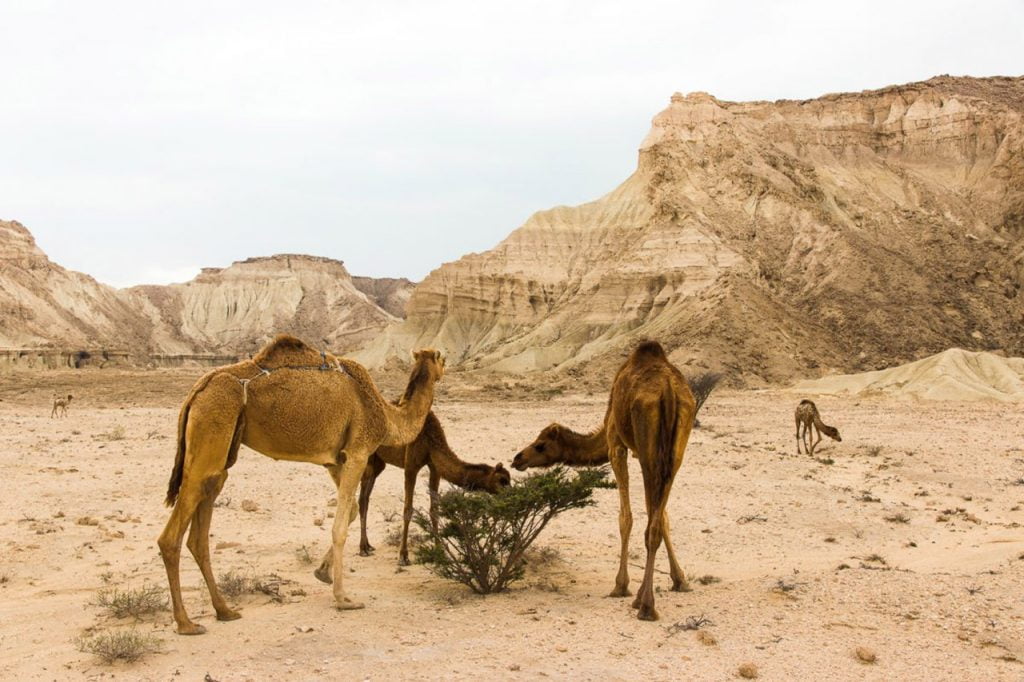
In the harsh desert environment, where water and food are scarce, camels have been a crucial resource for the Bedouin people who lived as nomads in the region. To ensure the health and productivity of their camels, the Bedouins developed various feeding and watering techniques, some of which are still in use today.
Traditionally, camels were fed a diet of dried grasses and grains such as barley, wheat, and oats. These foods were stored in large sacks and transported with camel caravans. However, in recent times, camel feeding has evolved to include more modern and efficient feeding methods.
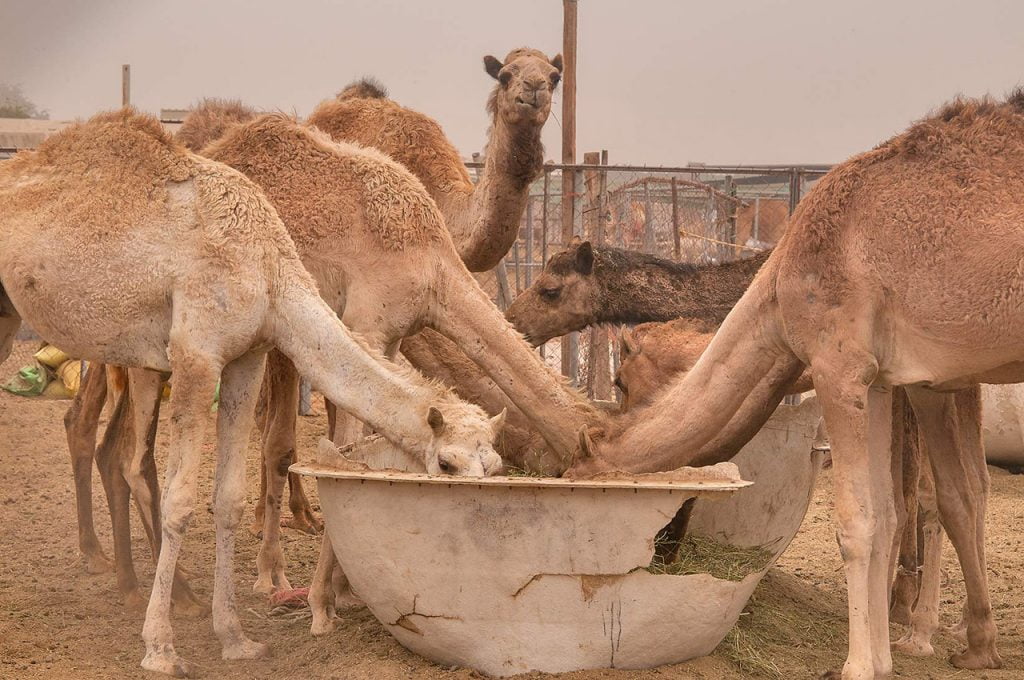
One popular feeding technique is the use of concentrated feeds that are specially formulated for camels. These feeds are made from a blend of grains, vitamins, and minerals that provide the camels with all the essential nutrients they need. They are also designed to be easy to digest, making them a popular choice among camel owners.
Another modern feeding technique is the use of haylage, which is made from fermented grasses. Haylage has a higher moisture content than traditional hay, which makes it more appealing to camels. It is also more nutritious than dried hay, as the fermentation process increases the availability of nutrients.
Today, camel feeding is an important industry in many parts of the world, particularly in the Middle East and North Africa. In addition to providing food for camels, the industry also provides employment for many people, from camel herders to feed manufacturers.
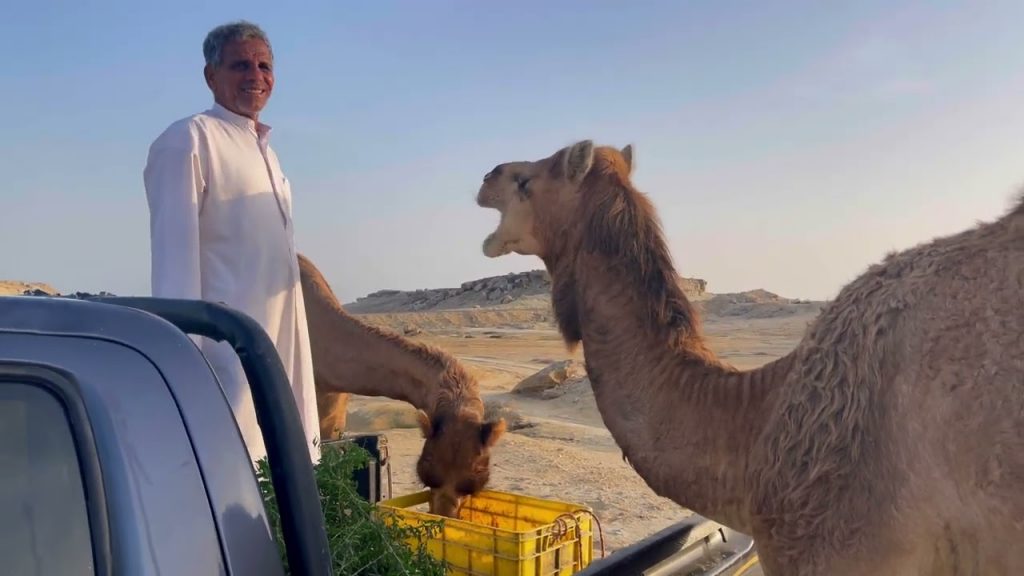
In conclusion, camel feeding has a rich history that spans thousands of years. It has evolved over time to include more modern and efficient feeding methods, but the traditional practices are still in use in some parts of the world. Camels remain an important resource for people in desert regions, and the practice of feeding them is an integral part of their culture and way of life.
Qeshm Island and Its History
Qeshm Island is the largest island in the Persian Gulf, located off the southern coast of Iran. The island is known for its natural beauty, diverse wildlife, and rich history.
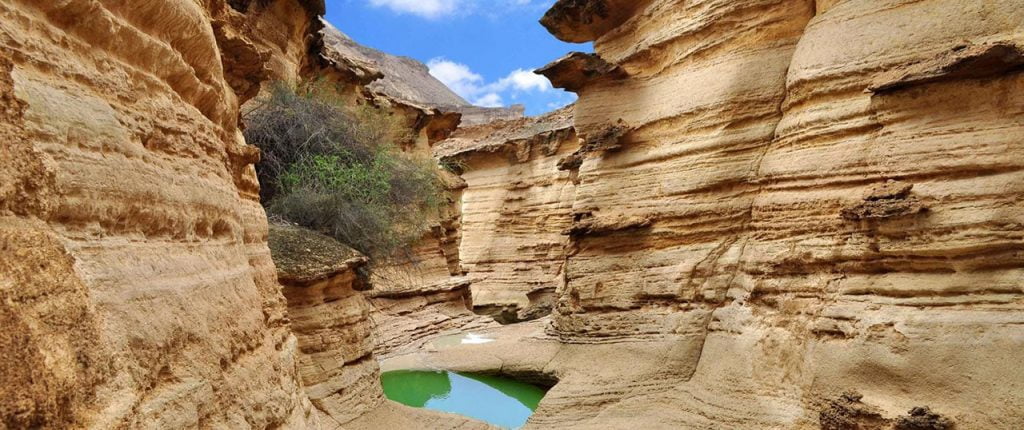
The history of Qeshm Island dates back thousands of years. Archaeological evidence suggests that the island was inhabited as early as the Paleolithic period. Over the centuries, Qeshm Island has been ruled by a variety of empires and dynasties, including the Achaemenids, Seleucids, Parthians, Sassanids, and Abbasids.
During the medieval period, Qeshm Island was an important center for trade and commerce, serving as a hub for the export of pearls, dates, and other commodities. The island’s strategic location at the mouth of the Persian Gulf also made it an important military outpost.
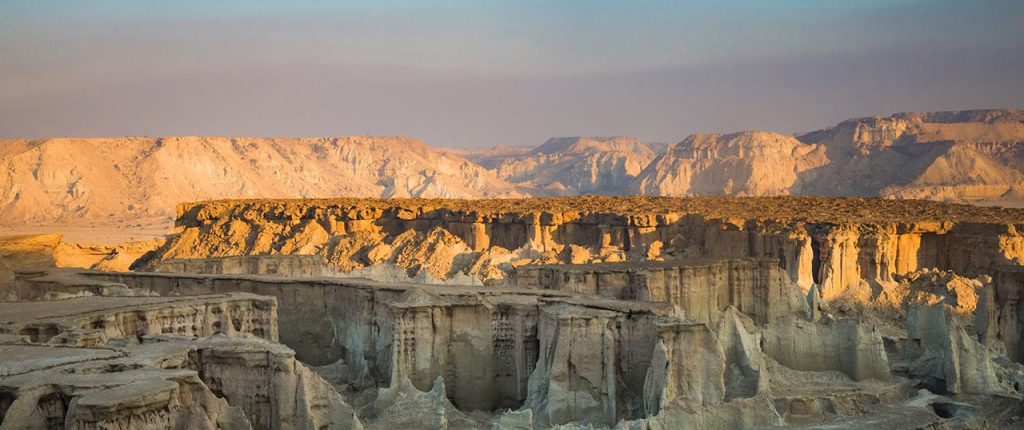
In the 19th century, Qeshm Island came under the control of the Qajar dynasty, which ruled Iran from 1794 to 1925. During this time, the island became a center for agriculture, fishing, and handicrafts, with many residents engaged in the production of textiles, pottery, and other goods.
In the 20th century, Qeshm Island played a key role in Iran’s oil industry, with several major oil refineries and petrochemical plants located on the island. The island also became a popular tourist destination, known for its pristine beaches, unique wildlife, and vibrant culture.
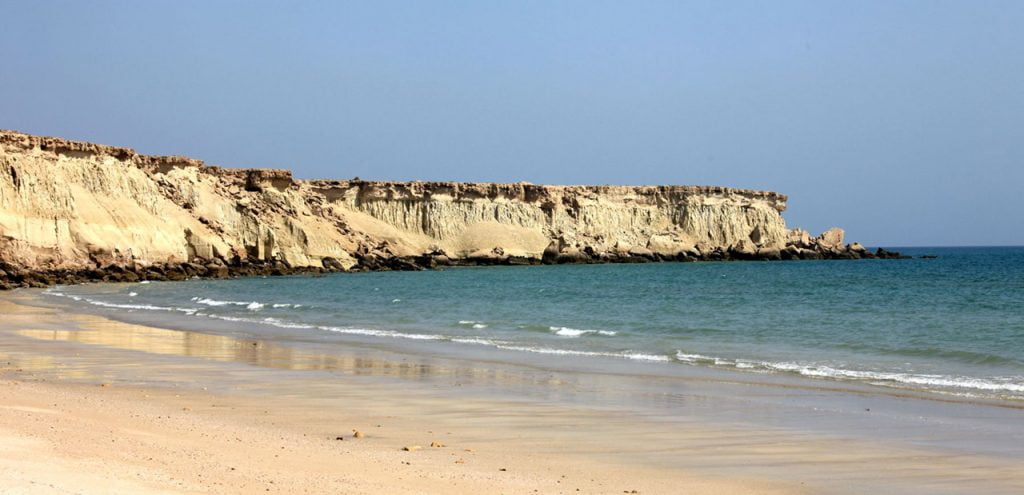
Today, Qeshm Island is a thriving hub of economic activity and cultural exchange. The island’s residents are proud of their rich history and unique cultural heritage and are committed to preserving and sharing their traditions with visitors from around the world. Whether you are interested in exploring the island’s natural wonders, learning about its rich history and culture, or simply soaking up the sun on one of its many beautiful beaches, Qeshm Island is a destination like no other.
Our Latest Youtube Video
Subscribe to the Nich Travel Channel: https://www.youtube.com/@nichtravel?sub_confirmation=1
Conclusion
In conclusion, the art of feeding camels is an essential aspect of the nomadic culture on Qeshm Island. Nomads’ relationship with their camels is a testament to the deep respect and love they have for these animals. Through their feeding practices, nomads not only provide sustenance for their camels but also ensure their health and well-being. So, if you ever find yourself on Qeshm Island, take the time to observe and appreciate this unique and fascinating aspect of Iranian nomadic culture.
